 W
WMitch Boyer was an interpreter and guide in the Old West following the American Civil War. General John Gibbon called him "next to Jim Bridger, the best guide in the country". He was killed at the Battle of the Little Bighorn.
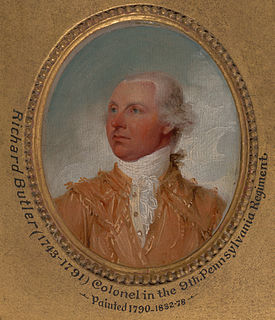 W
WRichard Butler was an officer in the Continental Army in the American Revolutionary War, who later was killed while fighting Indians in a battle known as St. Clair's Defeat.
 W
WJames Calhoun was a soldier in the United States Army during the American Civil War and the Black Hills War. He was the brother-in-law of George Armstrong Custer and was killed along with Custer in the Battle of the Little Bighorn. His brother-in-law Myles Moylan survived the battle as part of the forces with Major Marcus Reno and Captain Frederick Benteen.
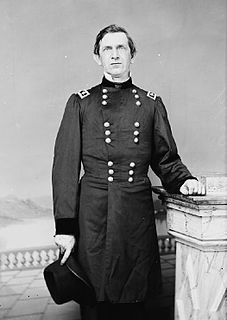 W
WEdward Richard Sprigg Canby was a career United States Army officer and a Union general in the American Civil War.
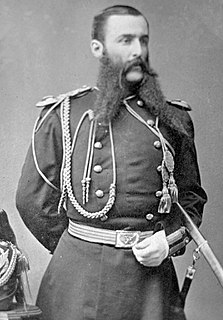 W
WWilliam Winer Cooke was a military officer in the United States Army during the American Civil War and the Black Hills War. He was the adjutant for George Armstrong Custer and was killed during the Battle of the Little Bighorn.
 W
WBoston Custer was the youngest brother of U.S. Army Lt Colonel George Armstrong Custer and two-time Medal of Honor recipient Captain Thomas Custer. He was killed at the Battle of the Little Bighorn along with his two brothers.
 W
WGeorge Armstrong Custer was a United States Army officer and cavalry commander in the American Civil War and the American Indian Wars.
 W
WThomas Ward Custer was a United States Army officer and two-time recipient of the Medal of Honor for bravery during the American Civil War. A younger brother of George Armstrong Custer, he served as his aide at the Battle of Little Bighorn against the Lakota and Cheyenne in the Montana Territory. Together with the younger Boston Custer, the three brothers were killed in that overwhelming defeat of United States forces.
 W
WFrancis Langhorne Dade was a Brevet Major in the U.S. 4th Infantry Regiment, United States Army, during the Second Seminole War. Dade was killed in a battle with Seminole Indians that came to be known as the "Dade Massacre".
 W
WDr. James Madison DeWolf was an acting assistant surgeon in the U.S. 7th Cavalry Regiment who was killed in the Battle of the Little Big Horn.
 W
WWilliam Judd Fetterman was an officer in the United States Army during the American Civil War and the subsequent Red Cloud's War on the Great Plains. Fetterman and his command of 80 men were killed in the Fetterman Fight.
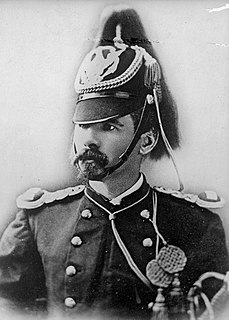 W
WMyles Walter Keogh was an Irish soldier. Serving the armies of the Papal States during the war for Italian unification in 1860, he was recruited into the Union Army during the American Civil War, serving as a cavalry officer, particularly under Brig. Gen. John Buford during the Gettysburg Campaign and the three-day Battle of Gettysburg. After the war, Keogh remained in the regular United States Army as commander of I Troop of the 7th US Cavalry Regiment under George Armstrong Custer during the Indian Wars, until he was killed along with Custer and all of his men at the Battle of the Little Bighorn in 1876.
 W
WGeorge Edwin Lord was a U.S. Army Assistant Surgeon in the 7th Cavalry who was killed in the Battle of the Little Big Horn in Montana Territory during the Black Hills War.
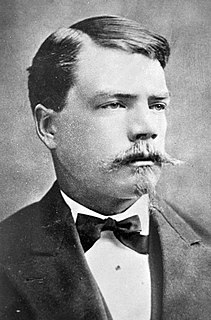 W
WJames Ezekiel Porter was one of General Custer's eleven officers killed at the Battle of Little Bighorn, also known as Custer's Last Stand, and Porter was among the first verified casualties of the historic battle alerting the world to the demise of Custer's group. According to several historians, Porter led troops in a defensive action at the Little Bighorn. Porter also served in the American South during the Reconstruction Era, where, according to a comrade, he respectably served "Ku Klux" duty while the 7th Cavalry was charged with eradicating the Ku Klux Klan and illegal distilling.
 W
WHenry Armstrong Reed was the nephew of George Armstrong Custer, Thomas Custer, and Boston Custer. Although not an official soldier, he was killed along with them at the Battle of the Little Bighorn at the age of 18.
 W
W"Lonesome" Charley Reynolds was a scout in the U.S. 7th Cavalry Regiment who was killed at the Battle of the Little Bighorn in the Montana Territory. He was noted as an expert marksman, frontiersman and hunter. He had also been a scout with Buffalo Bill.
 W
WAlgernon Emory Smith was an officer in the U.S. 7th Cavalry Regiment who was killed in the Battle of the Little Bighorn in the Montana Territory.
 W
WGeorge Wilhelmus Mancius Yates was an officer in the U.S. 7th Cavalry Regiment. He was killed in the Battle of the Little Bighorn.